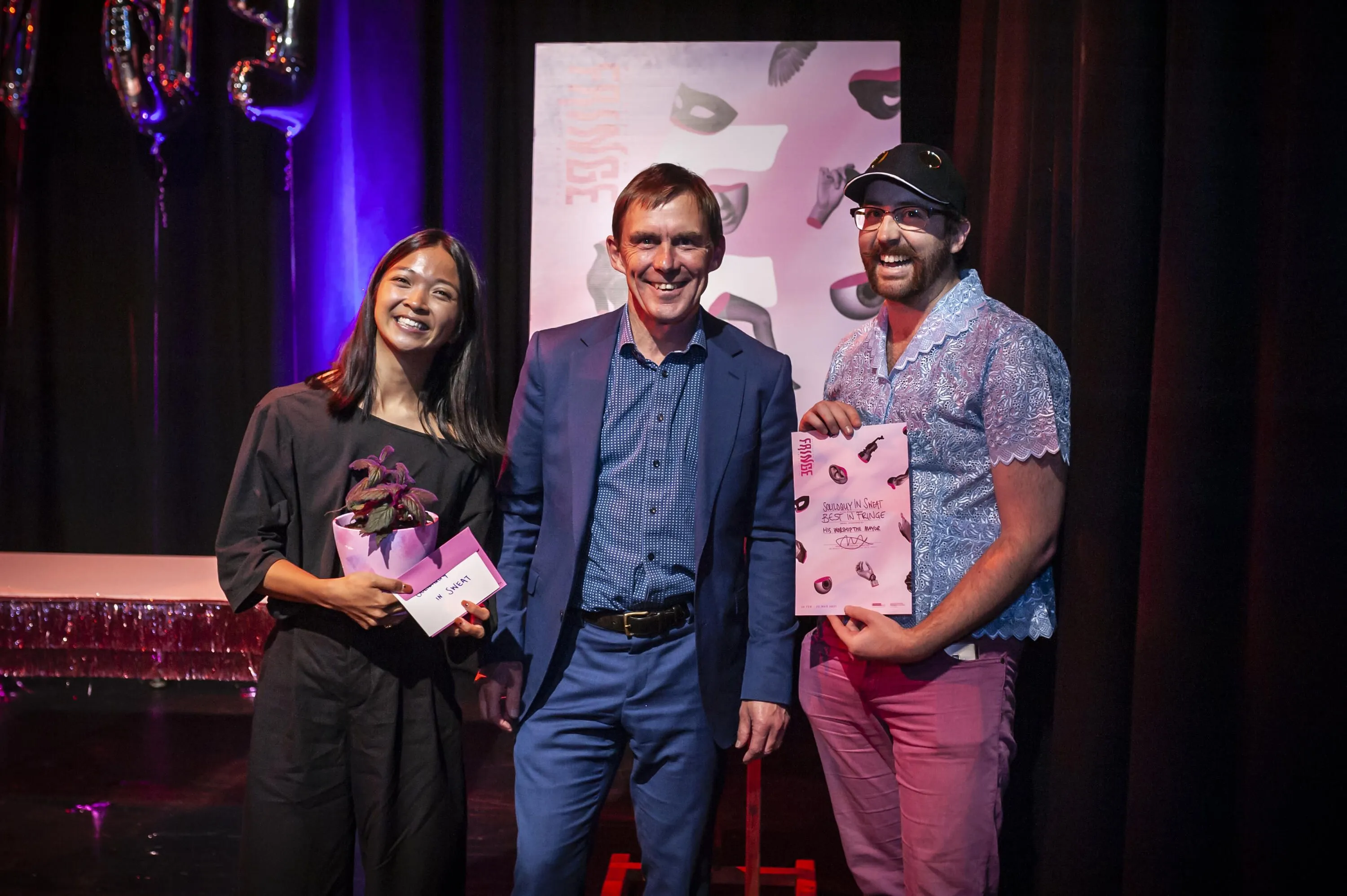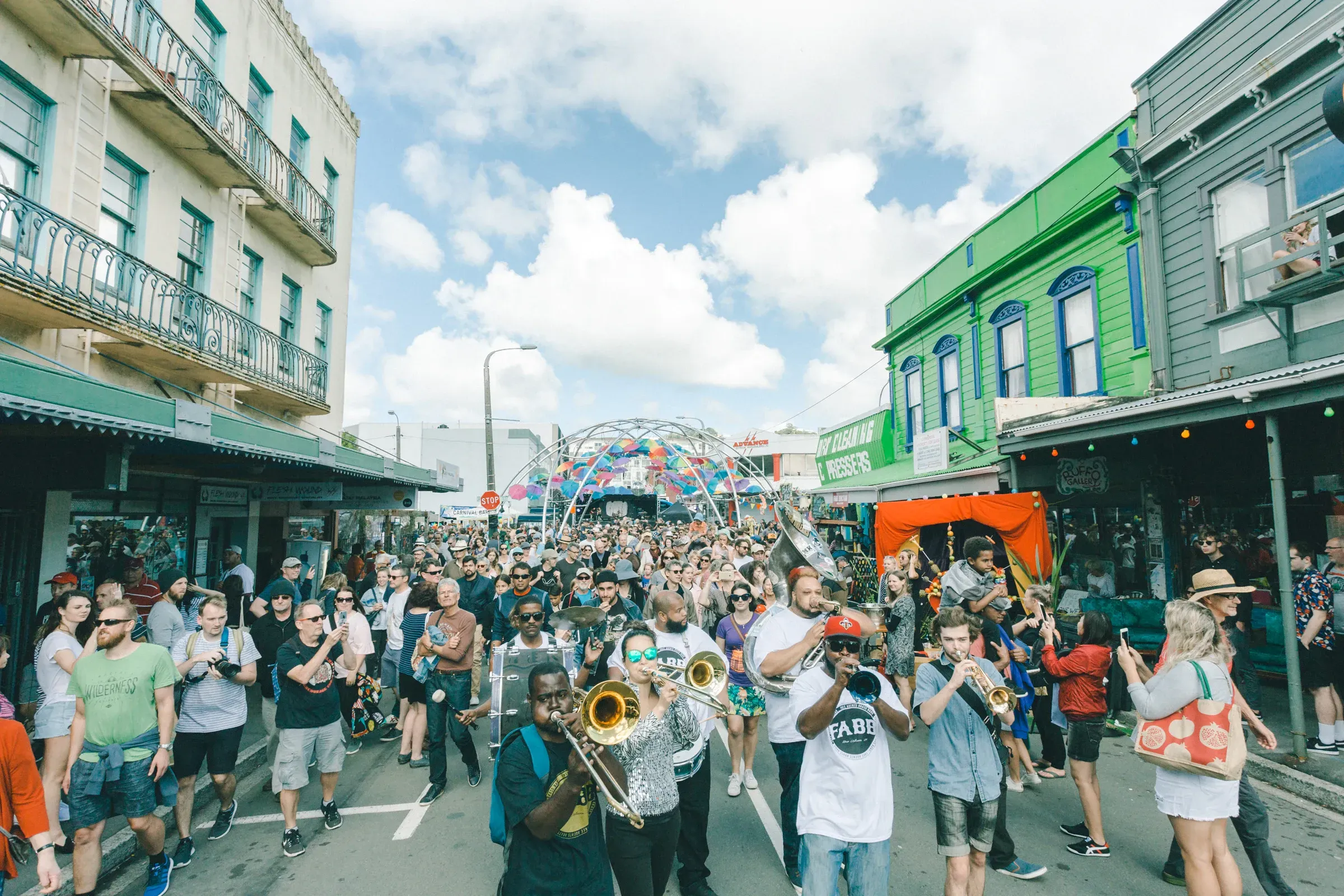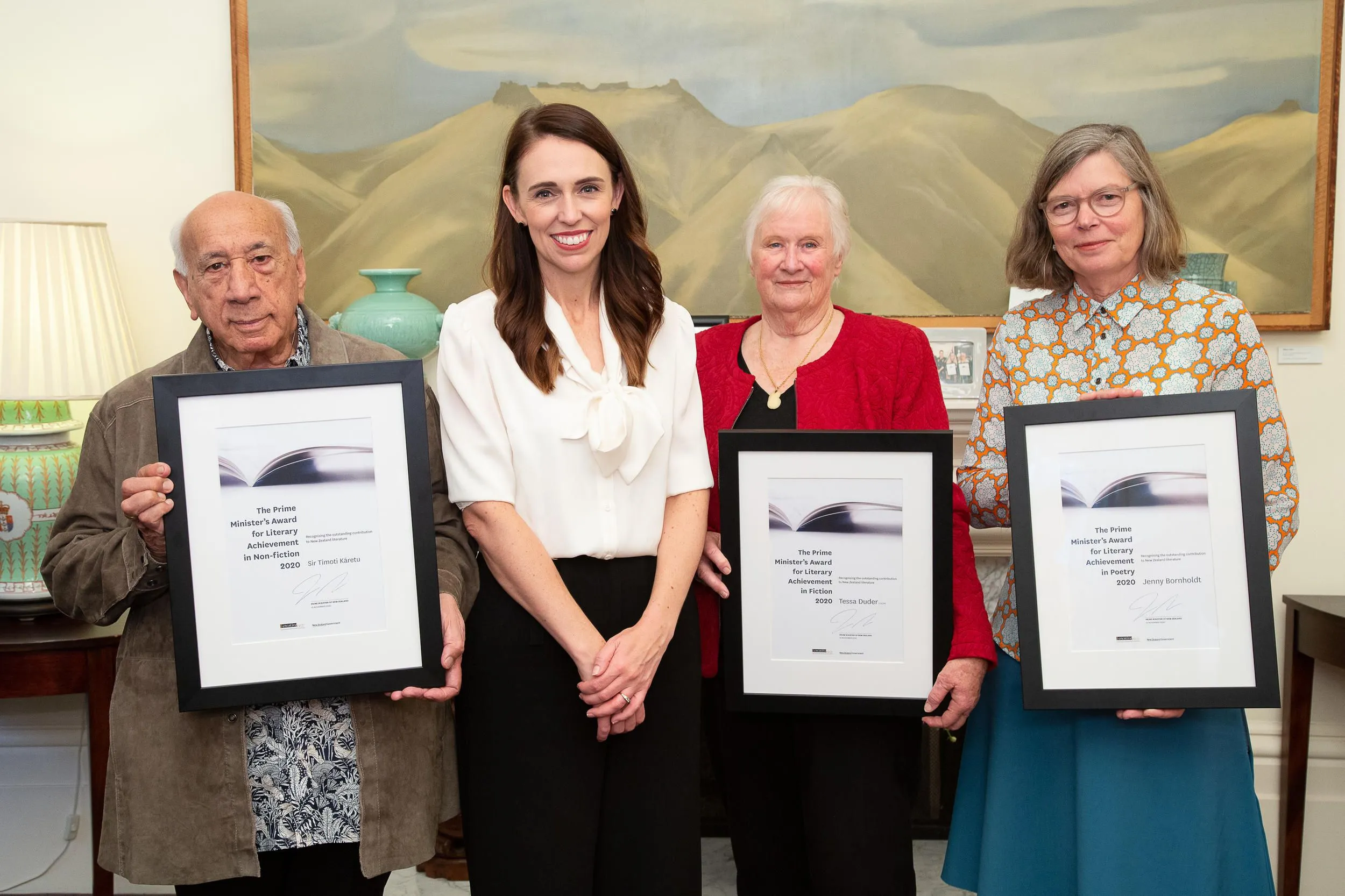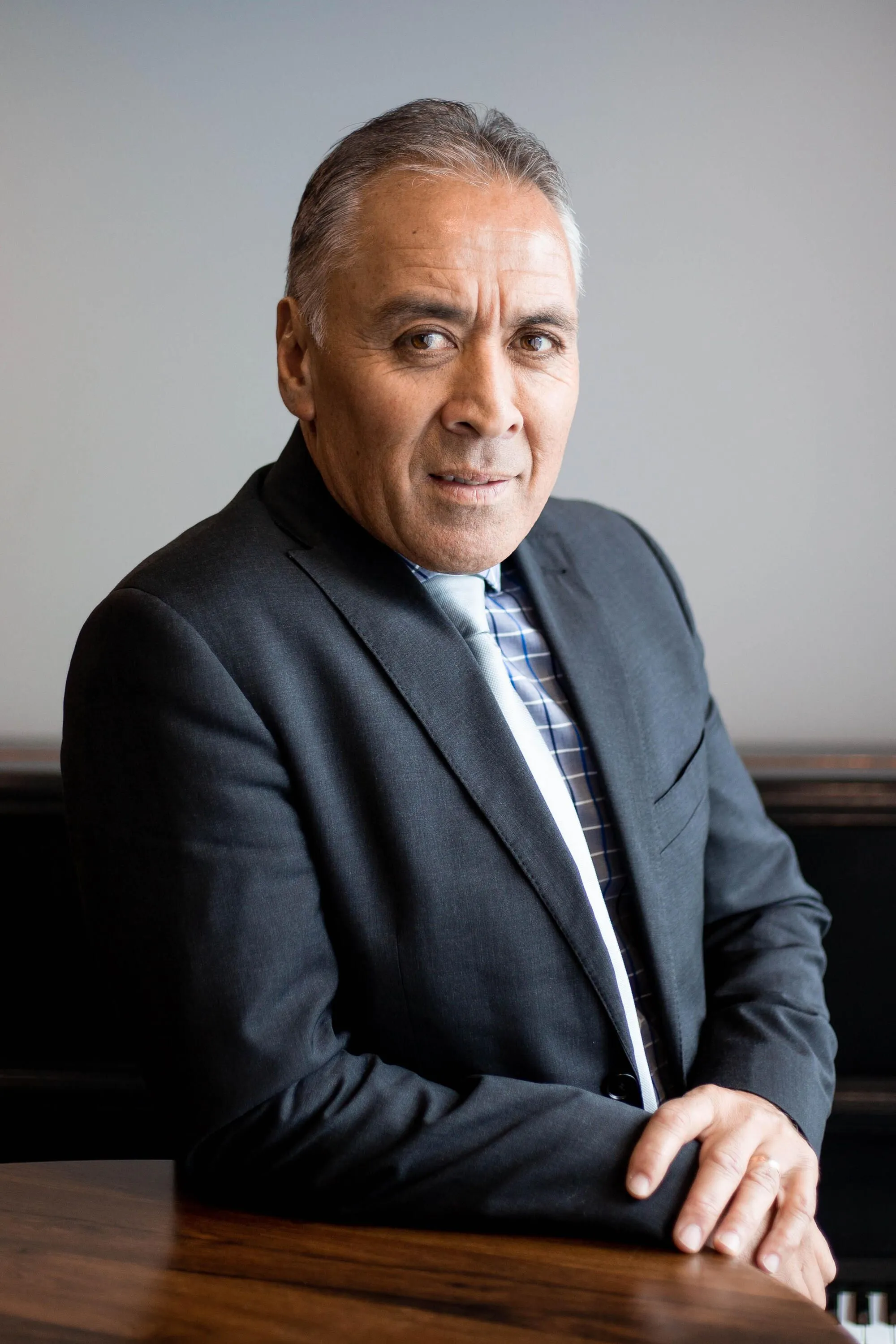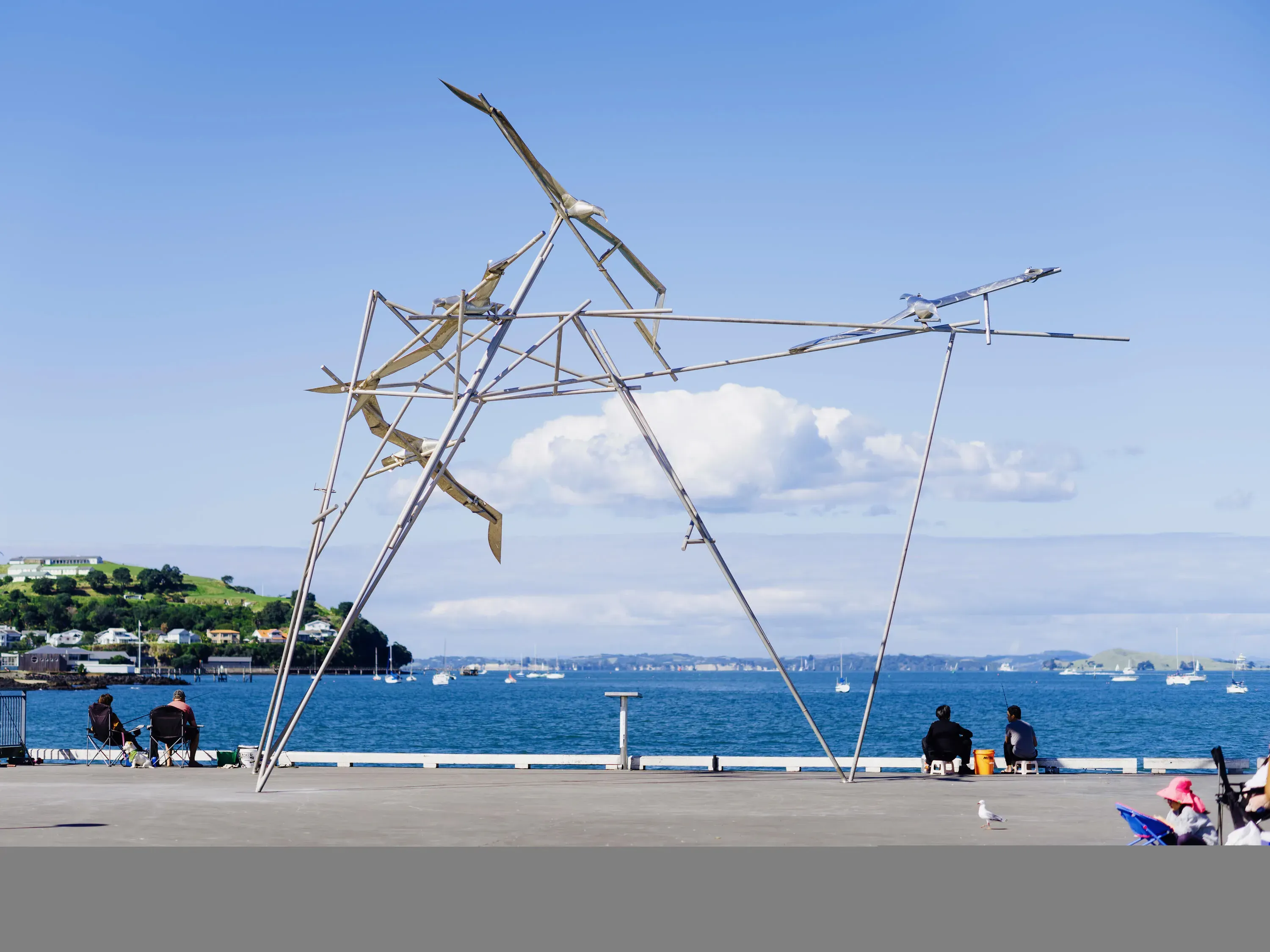Trouble with the Bubble
Written by
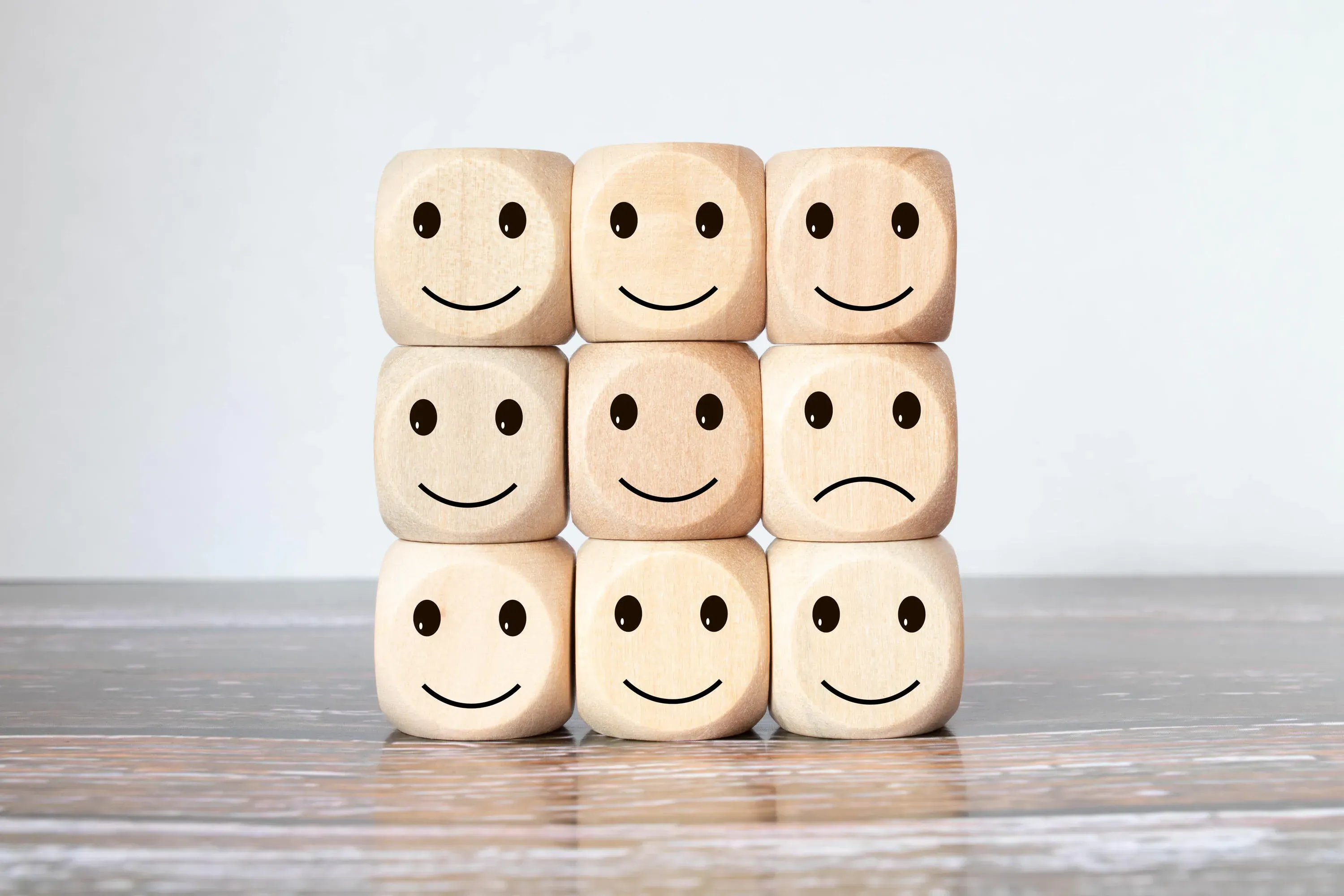
Be careful what you wish for.
Almost lost within the housing debate that’s dominating the mainstream media, this week’s steps towards the long-awaited Trans Tasman bubble has been a rare glimpse of good news for so many industries - let alone everyday New Zealanders hoping to have the world reopened in some shape or form.
After Australia lifted their travel restrictions to our shores (since the Pandemic broke, Australians have needed an exemption to leave the country, this will no longer apply to NZ), the ball now seems in the court of Jacinda Ardern and the Government, who will reveal their plans on 6 April.
Naturally, tourism and hospitality businesses - among many others - are waiting with bated breath, giddy at the prospect of tourists beginning to pour back into the country.
But what does it mean for the arts industry?
Let’s be frank. For all the damage caused and pain inflicted during the past 12 months (a year to the day since the first Lockdown in NZ), doors have been opened for many Aotearoa creatives. With - by and large - international acts removed as options for festivals, promoters, venues and audiences, we have seen unparalleled opportunity and spotlight for New Zealand performers.
Like a flower growing through a crack in the suffocating concrete that is COVID, it’s been incredible to witness the enthusiasm generated for ‘all-Kiwi’ lineups and the promotion from opening acts to headliners for so many talented New Zealanders.
Bands that may have been ringing in New Year’s at a small pub on the coast were suddenly thrust into line-ups for marquee events like Rhythm & Vines.
Take a look at the recent Auckland Arts Festival, the Fringe events, the upcoming CubaDupa, the Writers Festivals - if not for COVID, many of those opportunities being afforded to locals would be taken up by international artists. These events have always promoted NZ work - but never to the level seen recently.
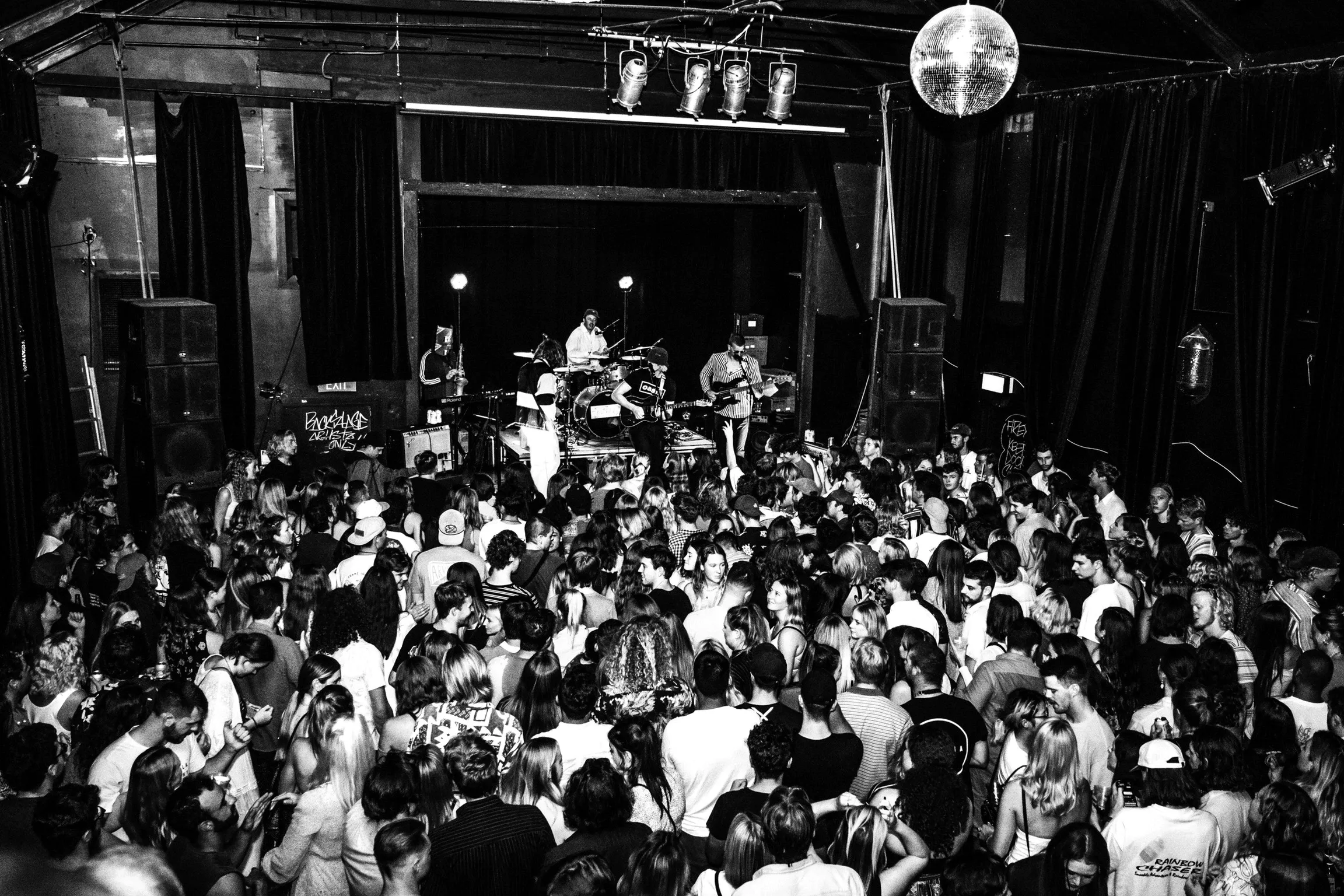
Christchurch group The Butlers (seen here at their sold-out Galatos show) have had a huge summer in the absence of international acts. Photo: Cam Hay.
New Zealanders have discovered and revelled in the creative work of their compatriots like never before. A big unknown - will that same appetite hold when international acts no longer have to spend 2 weeks in quarantine to gig here?
As Ethan Sills writes in his AAF review on NZ Herald “It's hard to tell if this year's festival is an anomaly or the beginning of a new mission statement going forward. There is no questioning the talent international artists can bring to the festival, but this year's focus on local artists has delivered something truly special, and this celebration of our homegrown talent should really be the norm going forward.”
Those thoughts are echoed by Manolo Echave, the Local Promoter Representative for Chugg Entertainment and Bluesfest NZ sideshows - who brings international artists over in conjunction with their Australian tours.
He’s told The Lowdown, “once we get one (travel bubble), the enormous advantage local artists have had over the last season will be gone. Many have had the best year of their careers because everyone had to make a plan based on NZ acts.
“The bubble will open up a wealth of Australian talent who have been in hibernation for a year. They will position themselves competitively to take maximum advantage of their newfound ability to tour and perform in NZ. So there will be a downside for NZ artists.”
On the flipside, Echave points out “for audiences, some believe there is potential for fatigue if major festivals and events continue to use the same hierarchy of NZ acts, so the diversity with Australian artists on offer should reinvigorate them. This will mean satisfied punters and happy promoters able to maintain demand, with artist diversity.”
It should be pointed out that while importing artistic talent will have an impact, that could well be negated by the opportunities provided for NZ performers to take their work back across the ditch. With invigorated confidence in their ability to headline a show and a pent-up desire to take their work to new audiences, matched by the hunger of Australian festival directors and audiences to embrace the international, it’s sure to be a two-way street.
George Dunford is the Content Direct of ArtsHub, Australia's leading independent online resource for the arts. He feels “a Trans Tasman bubble would open up another country for artists from both countries. With winter festivals warming up in Australia such as Melbourne's Rising or Sydney's Solstice, there are lots of art events that would benefit from artists and audiences from New Zealand. It could be supported at a national level with increased collaboration between arts organisations in both countries.”
There’s “a real appetite for work to be exchanged between both nations”, according to Louise Gallagher, CEO of Performing Arts Network NZ (PANNZ). She’s told The Big Idea that while it’s happening already in some cases, like theatre group A Slightly Isolated Dog proceeding with touring into Australia, “when a bubble does eventuate, this will enable more artists to travel much more freely. We are really excited about this possibility.
“There is real interest from Australian presenters for NZ work. APAM (Australia Performing Arts Market) and PAC Australia are currently taking applications from NZ artists to pitch and showcase at these markets.
“Like everyone though, we are aware of the risks this still presents, should one or the other country close borders quickly - and what this might mean for anyone on tour, so we believe that there would be some degree of caution taken so as to minimise risk and have contingency should this become a reality while on tour."
With some big political wheels still in motion before this becomes a reality, official statements are those of holding patterns right now.
Creative New Zealand’s Manager, International Services and Initiatives Jude Chambers told us CNZ will “be watching with a close eye the 6 April announcement” and that “it’s too early for us to comment on what a trans-Tasman bubble could mean for the arts community. As always, CNZ will respond accordingly to the Government’s COVID-19 advice including any guidance on a trans-Tasman bubble.”
When the bubble comes to fruition, what aroha NZ artists receive at home will ultimately be decided by the local audience, food for thought when the smorgasbord of options grows in the near future.
Capital's culture cavalcade
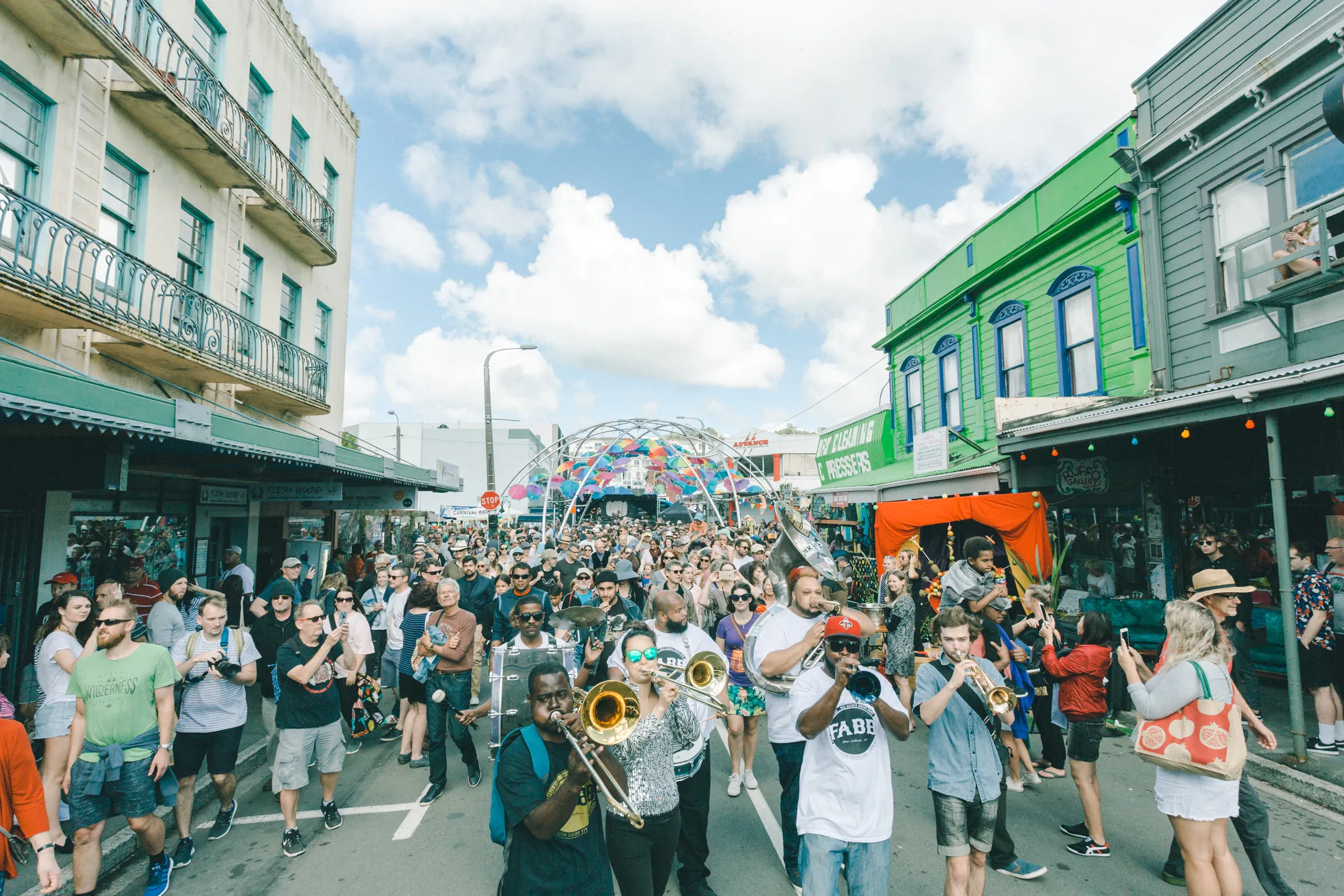
CubaDupa parade. Photo: Oliver Crawford Photography.
It’s been a good time to be an arts lover in Wellington (in fairness, is there ever a bad time?).
New Zealand Fringe Festival declared the 2021 edition “its biggest, most successful Fringe Festival to date” even with a stint at Alert Level 2, citing tickets sales breaking the previous year pre-sale records and “over $170,000 back into the pockets of NZ Fringe Artists.” The ‘Best in Fringe Award’ was handed to Katrina Elizabeth Bastian for her experimental performance art piece Soliloquy in Sweat.

NZ Fringe Festival 'Best in Fringe' Winning show Soliloquy in Sweat, receiving award from Wellington Mayor Andy Foster. Photo: Aden Meser Photography.
With What if the City was a Theatre’s month-long programme drawing to a close on Sunday, it’s set to be a huge weekend in the capital, with the return of CubaDupa.
Over 1700 artists will contribute to what’s self-proclaimed as 'New Zealand’s most creative and diverse street festival' so it’s highly anticipated for a number of reasons, not the least the disruptions in recent years (as documented by Newshub). It's certain to be another visual feast, with 20 stages and creative zones, 470 performances, 20 parades and over 1700 artists
Lots to look out for, including the premiere of Aotearoa’s “interactive karaoke participatory poetry” Hit Me Baby One More Rhyme, previewed here on The Spinoff.
Fellowship of the King
If the reaction to colonial statues around the globe in the past year has taught us anything, it’s that now, more than ever, there is a thirst for a more diverse view of history being told, not just that of the colonisers.
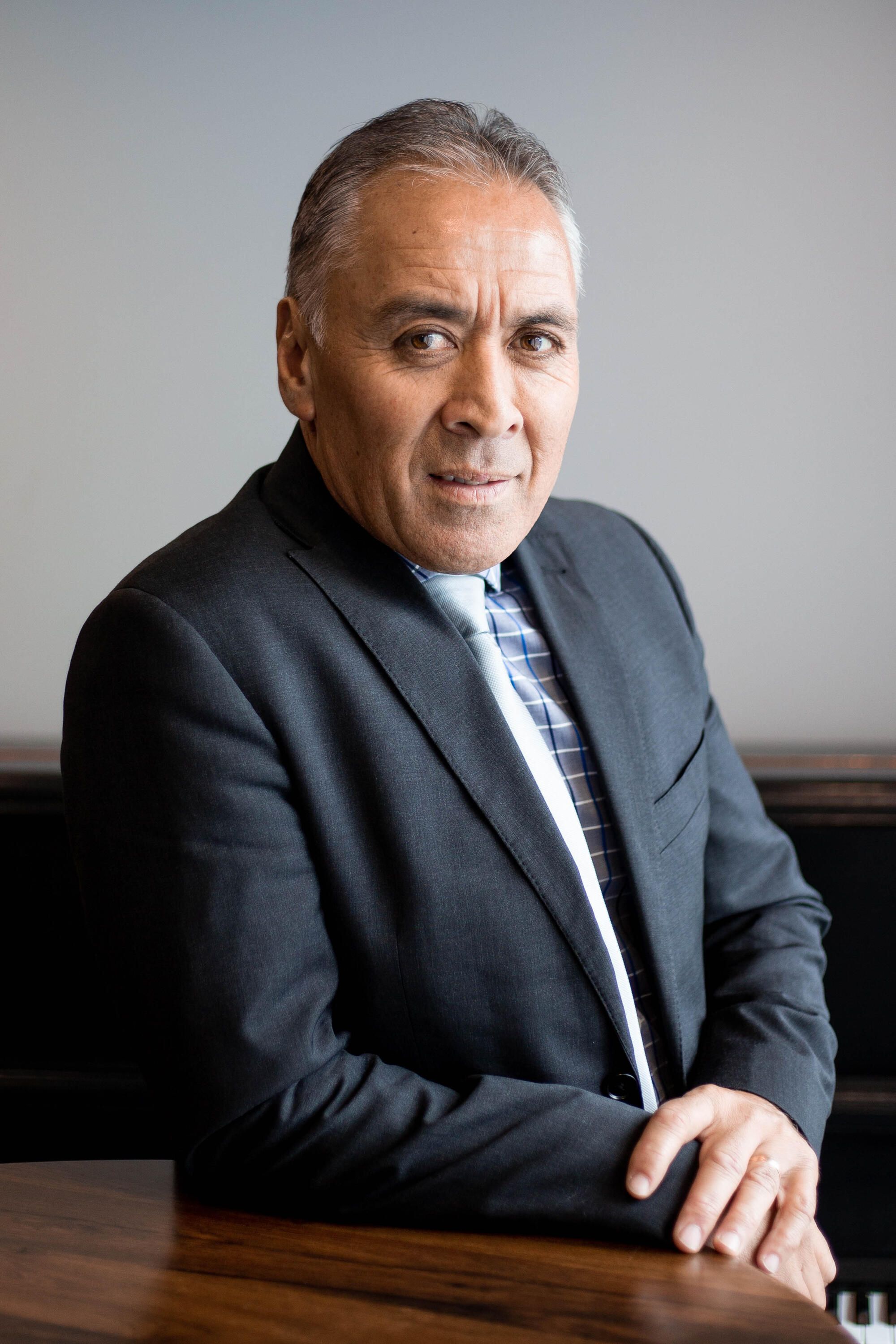
Dr Monty Soutar. Photo: Supplied.
One man who’s dedicated his career to shining a light on sections of Māori history that have long been neglected in our education system is Dr Monty Soutar. His quest to bring it to a wider audience has seen him recognised with the 2021 Creative New Zealand Michael King Writer’s Fellowship.
Soutar will use the $100,000 to complete a trilogy of historical novels that address the impact of colonisation in Aotearoa, each told from a Māori perspective. Soutar told The Big Idea “the oral historical accounts that I was taught..on the marae were of positive Māori male and female role-models.
“I felt if I could share that with New Zealanders, the stereotypes and racism that have been so much a part of our society might begin to change. And if they didn’t, at least people would have other perspectives presented to them before they passed judgement on ethnicities that weren’t their own.”
It comes the same week as the winners of last year’s Prime Minister’s Award for Literary Achievement finally got to come together with the titular PM to be recognised for their feats, after last year’s online event celebrated their successes.
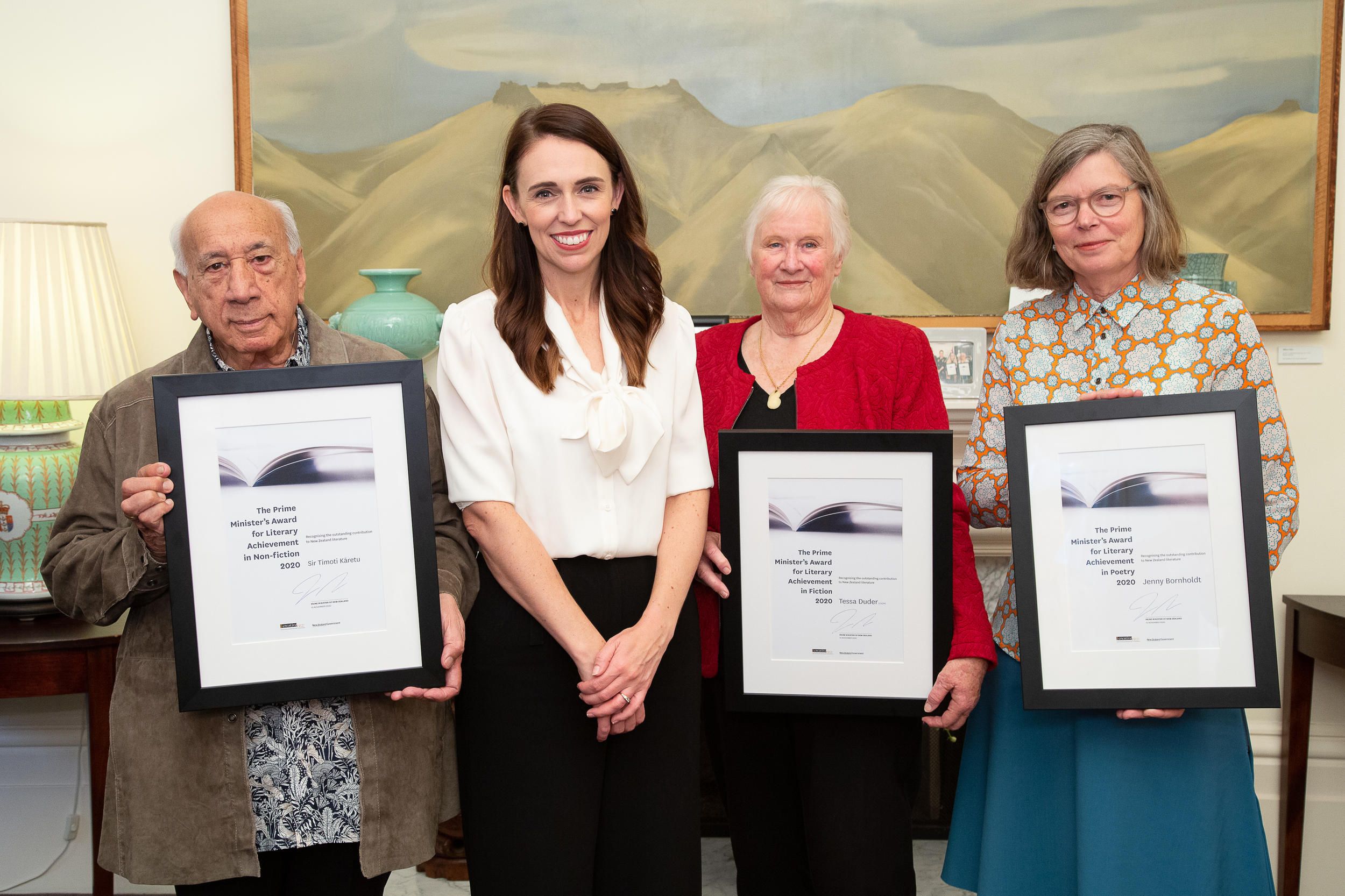
Sir Tīmoti Kāretu, Rt Hon Jacinda Ardern, Tessa Duder and Jenny Bornholdt. Photo: CNZ
Challenging times
Making a living in the arts isn’t always a given, no matter how hard you try.
Andre Chumko’s Stuff investigation into ‘Aotearoa’s broken artist pay model’ is interesting and heartbreaking reading, taking in a whole host of views and opinions.
Bucket list for Twiss
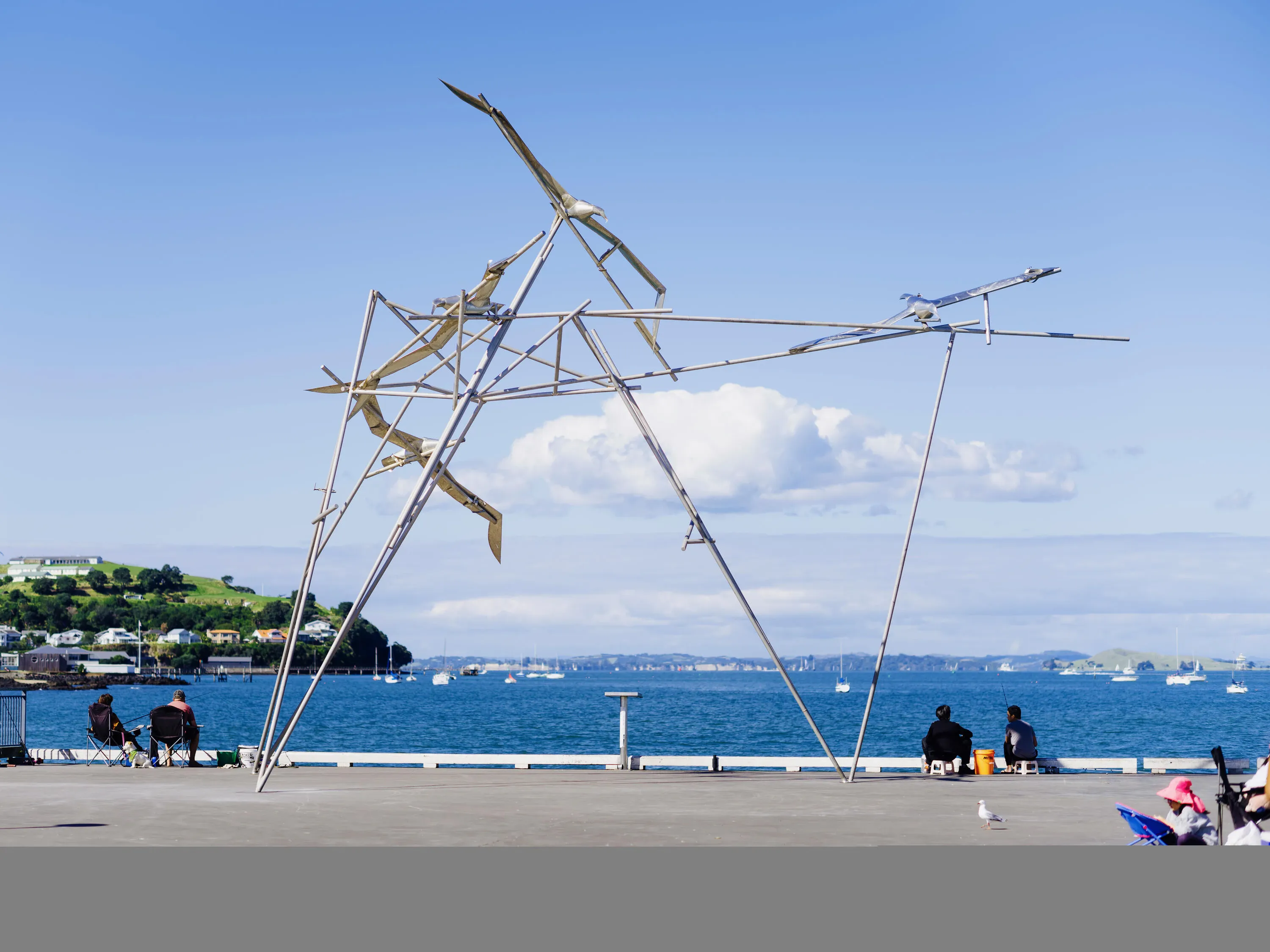
Flight Support for Albatross by Greer Twiss at its new home on Devonport's Victoria Wharf. Photo: David St George.
“Good to do it before I die.”
The dark humour of NZ artistic icon Greer Twiss isn’t all he has to offer this week - with the return of his 10 foot sculpture Flight Support for Albatross returning to Auckland’s shoreline for the first time in 7 years. Twiss is part of a detailed, behind-the-scenes account of how the artwork has returned and the team effort it takes to bring these invaluable pieces of public art to life.
While some views are improving, others are suffering from the inevitable development of housing projects. But one artistic mum, Hana Carpenter has made sure the much-loved hills landscape at her son’s Waiwhetu Kindergarten in Wellington isn’t lost to developers impending construction - painting a mural of the view on the fence to keep smiles on the young faces.

